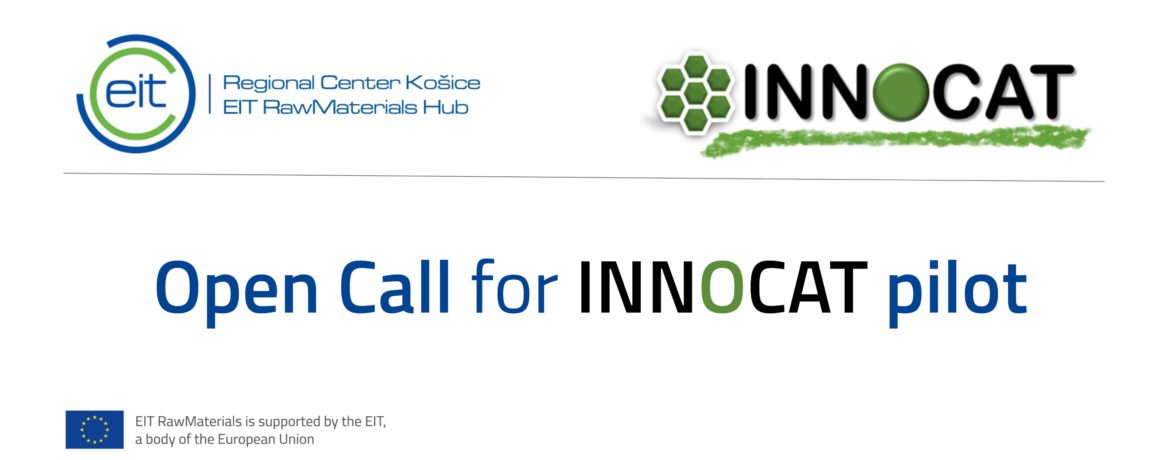
Open Call for INNOCAT pilot
The INNOCAT consortium is launching the project’s pilot activities in participating Regional Innovation Scheme countries, with the aim to diffuse its innovative technology in the domain of recycling and substitution of PGMs in automotive catalysts, contributing at the same time to the efforts towards clean transportation and reduction of CO2 emissions in European urban areas.
The benefits of the INNOCAT technology will be effectively demonstrated in participating regions by retrofitting heavy duty vehicles, such as buses and garbage trucks. Most of these vehicles are powered by diesel engines that, especially in aged models, emit high levels of particulates, nitrogen oxides, and other toxic substances that cause environmental pollution and chronic diseases. Since HDVs are responsible for a significant proportion of total carbon emissions from the transportation sector, a green solution would be to upgrade these vehicles’ exhaust systems with the installation of innovative catalysts.
On behalf of the INNOCAT partnership, we are inviting local public authorities and other owners and operators of HDV fleets to take part in the pilot, by retrofitting one eligible vehicle to demonstrate the reduction of toxic emissions. The exhaust system of the vehicle will be upgraded with the installation of a new catalyst, manufactured and supplied by the project’s coordinator MONOLITHOS – a pioneer in sustainable catalytic converters. The entire process will be guided and monitored by specialized technical staff and the new catalytic converter will be accompanied by a warranty and EU homologation. All pilot costs will be covered by the INNOCAT partnership.
Vehicle selection criteria
- Euro IV or older diesel-powered Heavy Duty Vehicle, such as city transit bus, refuse and dump vehicle, fuel tanker, heavy semi-tractor, tourist bus etc.
- HDV engine and exhaust system has recently undergone maintenance according to the manufacturer’s specifications
- Space capacity close to the engine underneath the vehicle for the catalyst to fit
- Engine is restored to the manufacturer’s specifications
- Basic characteristics such as manufacturer, model/type and serial number of the vehicle, engine serial number, number of strokes and cylinders, engine power in kW and engine displacement (lt), vehicle license issue date, Euro classification according to the manufacturer, and fuel type are available.
To request more information and take part in the pilot, please contact:
Technical University of Kosice (TUKE),
Faculty of Mining, Ecology, Process Control and Geotechnologies (FBERG)
martin.straka@tuke.sk; peter.kacmary@tuke.sk
